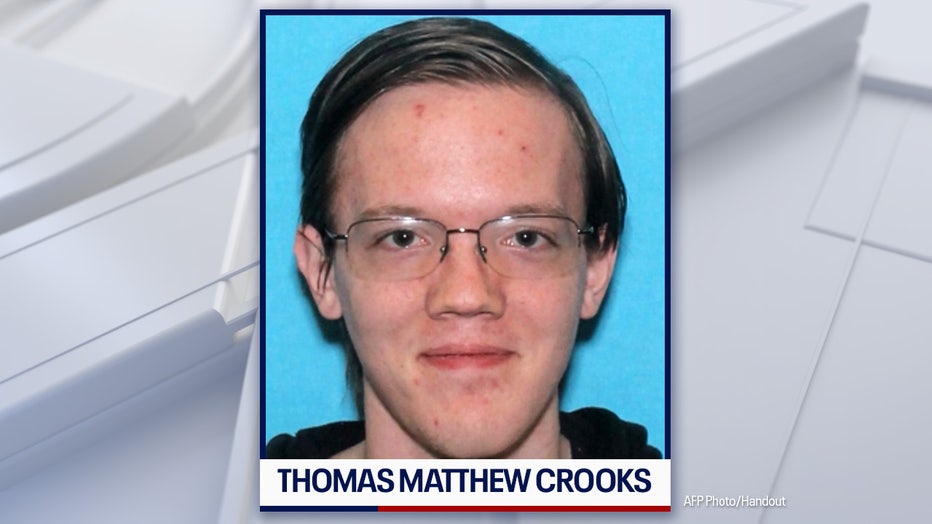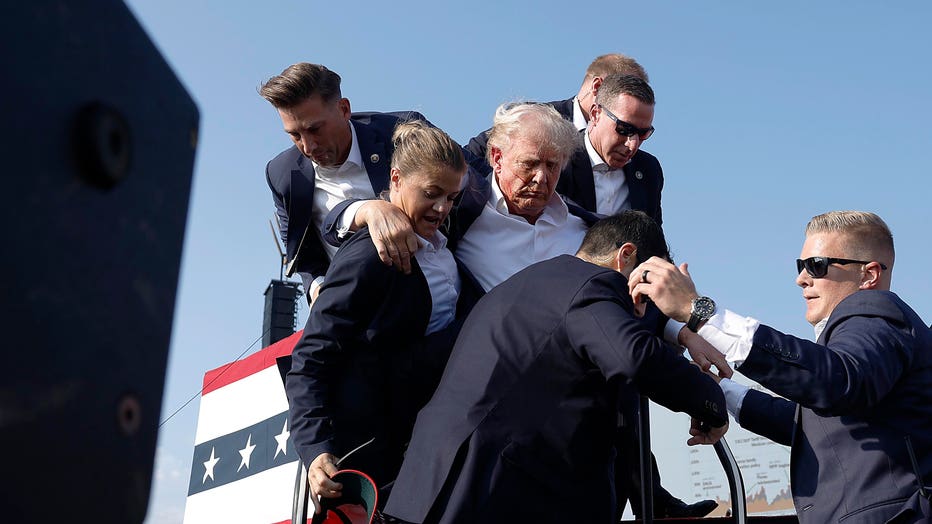Thomas Matthew Crooks, the 20-year-old would-be assassin who opened fire on former President Donald Trump’s Pennsylvania campaign rally Saturday, hid the weapon in advance, according to a Secret Service source.
It was not immediately clear where he hid it, however. By the time agents spotted him on the roof, he was already holding it.
“We went from golf range finder to AR-15, and now we have to fill in the gap,” the source told Fox News.
When authorities first observed Crooks carrying a golf range finder Saturday, he was perceived as a “person of interest” but not a “threat,” authorities said Thursday.
Range finders were not banned from rally events at the time, but authorities are expected to review the list of items that are not allowed.

He did not become an official threat until he was seen with a weapon.
There were four counter-sniper teams stationed around the rally, according to the Secret Service – two from the agency and two provided by local law enforcement.
Of the four teams, two opened fire, one local and one from the Service. A federal sharpshooter fatally struck the gunman seconds after the gunfire erupted.
Crooks struck at least four people with AR-15 fire from the rooftop, killing a 50-year-old father of two named Corey Comperatore and seriously wounding David Dutch, 57, and James Copenhaver, 74.
Authorities have spent much of the week pointing fingers about who was responsible for securing the AGR building, from where Crooks opened fire.

Trump later said he had been shot in the right ear, and photos from the scene showed him getting back to his feet after ducking for cover with blood on the right side of his head.
He appeared publicly at the Republican National Convention in Milwaukee, Wisconsin, later in the week, wearing a bandage on his ear.
Wake services for Comperatore were scheduled for Thursday.
